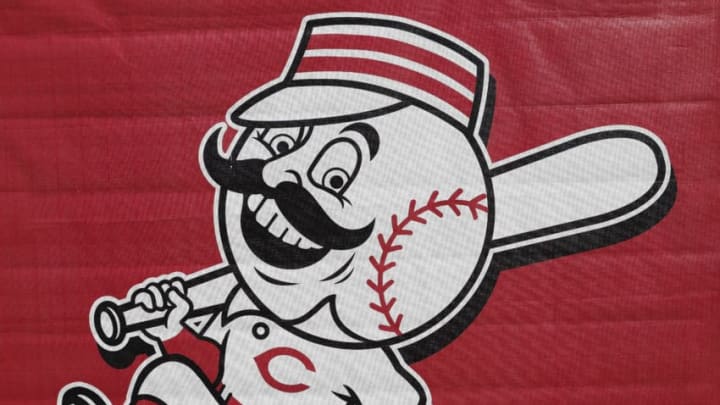
Cincinnati Reds: The all-time tournament
1976 vs. 1919 Reds
This series pitted a highly touted 1976 team against a lesser-known but powerful 1919 world champion.
The 1919 team had only two losing streaks longer than two games all season, neither exceeding four games.
It wrapped up the pennant with nearly two weeks left in the season.
The 1976 team was almost equally as consistent, suffering through no losing streak longer than four games, and only three longer than two games.
Game 1: The .629 percentage of the 1976 world champs is no match for the widely under-rated 1919 Reds’ .686 winning percentage.
Game 2: For post-season performance, it’s impossible to improve on the 1976 team’s 10-0 record.
Game 3: At 120, the 1976 team’s OPS+ proves it to be offensively superior to the 1919 version, which registered 103.
Game 4: The 1919 team evens the series at two games aside thanks to its 126 ERA+. The 1976 club managed a neutral 100 OPS+
Game 5: The 1976 Reds take a three-games-to-two advantage thanks to its 54.1 team WAR, more than a dozen points superior to the 1919 team’s 41.6.
Game 6: With a .974 fielding percentage, the 1919 team was superb for its day. But the 1976 club, at .984, closes out the series in six games.
Winner: 1976 Reds in six
1975 vs. 1990 Reds
The teams featured similar pitching staffs led by their bullpens: Charlton, Myers, and Dibble for the 1990 club versus Rawly Eastwick, Pedro Borbon and Clay Carroll for the 1975 champions.
The 1975 club was managed by Hall of Famer Sparky Anderson, who used that pen profusely. The Reds won despite a league-low 22 complete games, far lower than the league average of 36.
Game 1: At .667, the 1976 team’s winning percentage is 11 games better than the 1990 champions’ .562.
Game 2: Both world championship teams won 80 percent of their post-season games, including sweeps of their respective World Series. This game is a tie.
Game 3: Few teams are offensively superior to the 1976 Reds, with their 120 OPS. Certainly, the 1990 champions, at 95, can’t match up.
Game 4: Led by Jose Rijo, the 1990 champions produce a 118 ERA+ to even the series against the 1976 club’s pedestrian 100 staff rating.
Game 5: The 1976 club wins the WAR war, with a team total of 54.1. The best the 1990 club can do is 46.3.
Game 6: This game goes down to the wire, the 1976 team wrapping up the series in six games with a .984 fielding percentage, barely one point better than the 1990 team’s .983.
Winner: 1975 Reds in six
